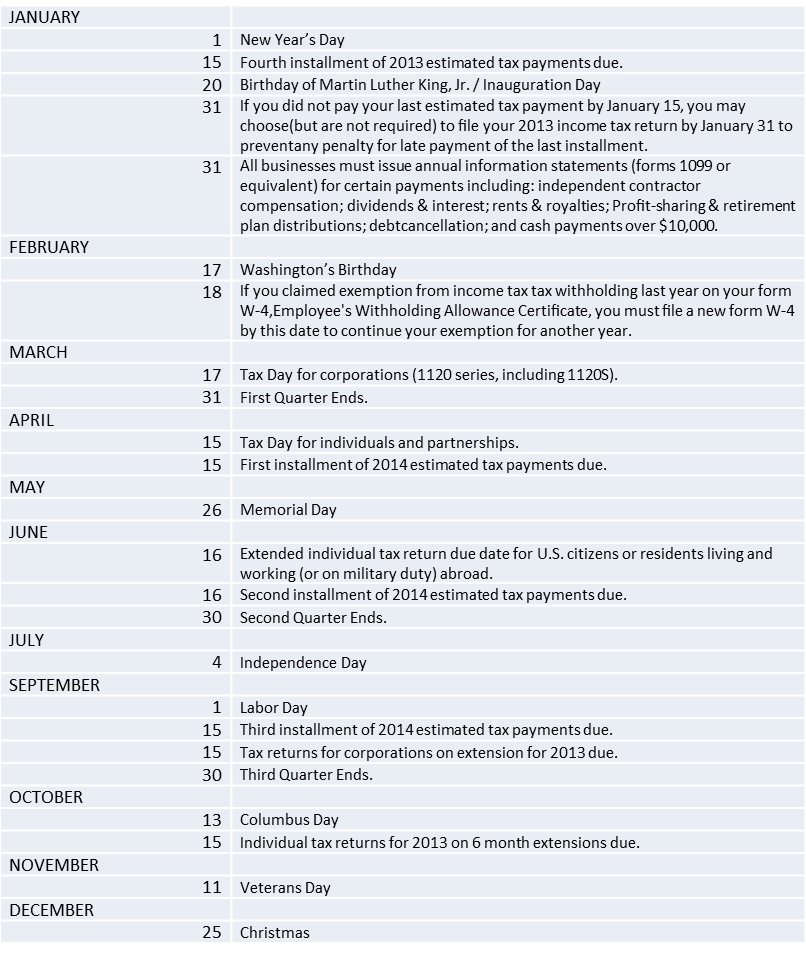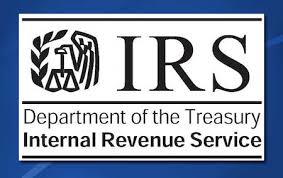 REPORTING REQUIREMENTS SPOTLIGHT NAMES OF CONTRIBUTORS and AMOUNTS
REPORTING REQUIREMENTS SPOTLIGHT NAMES OF CONTRIBUTORS and AMOUNTS
Back on December 31 our post on What You Need to Know about NFP 501(c)(4) organizations outlined the changes, including a new definition in 501(c)(4) social welfare organizations.
Beginning January 1, 2014 the Government Code relating to campaign activity was amended to add reporting requirements for “reporting nonprofit organizations” that engage in campaign activity.
Government Code Section 54964.6 was added to require reporting nonprofit organizations – that engage in political activity – of specific amounts to:
- File FTB 3589 with CA FTB and post on the nonprofit’s Internet website the identity and amount of each specific source or sources of funds it receives for campaign activity. (As of this posting, Form FTB 3589 is not available, and will not be available until 2015. You should contact your tax professional or the Franchise Tax Board.)
- Deposit into a separate bank account all “specific source or sources of funds” it receives.
- Pay for all campaign activity from that separate bank account.
- Provide a description of the campaign activity.
- Report the identity and amount of payments the organization makes from the required separate bank account.


 Whatever the name, taxes can be painful and the new tax is known by a few: the Affordable Care Act tax, the Obamacare tax, the Net Investment Income Tax (NIIT), or Medicare Tax. Most media (and even the President) is using the name “Obamacare Tax”, so we will use that name for this writing. For a full Q&A on the new tax, please see our
Whatever the name, taxes can be painful and the new tax is known by a few: the Affordable Care Act tax, the Obamacare tax, the Net Investment Income Tax (NIIT), or Medicare Tax. Most media (and even the President) is using the name “Obamacare Tax”, so we will use that name for this writing. For a full Q&A on the new tax, please see our 
 The Affordable Care Act requires employers to report the cost of coverage under an employer-sponsored group health plan on an employee’s Form W-2, Wage and Tax Statement, in Box 12, using Code DD. Many employers are eligible for transition relief for tax-year 2012 and beyond, until the IRS issues final guidance for this reporting requirement.
The Affordable Care Act requires employers to report the cost of coverage under an employer-sponsored group health plan on an employee’s Form W-2, Wage and Tax Statement, in Box 12, using Code DD. Many employers are eligible for transition relief for tax-year 2012 and beyond, until the IRS issues final guidance for this reporting requirement. Small Business Health Care Tax Credit
Small Business Health Care Tax Credit The budget deal that Congress and President Obama struck at the beginning of the year to avoid the fiscal cliff resulted in seven tax increases. If you throw in the six tax hikes that are part of Obamacare, that means there are 13 new taxes that may have hit you in 2013.
The budget deal that Congress and President Obama struck at the beginning of the year to avoid the fiscal cliff resulted in seven tax increases. If you throw in the six tax hikes that are part of Obamacare, that means there are 13 new taxes that may have hit you in 2013.

 IF YOU WANT TO GET CREDIT FOR CHILD and DEPENDENT CARE, THE IRS NEEDS TO KNOW…
IF YOU WANT TO GET CREDIT FOR CHILD and DEPENDENT CARE, THE IRS NEEDS TO KNOW…  TAX MOVES TO MAKE BEFORE CHRISTMAS.
TAX MOVES TO MAKE BEFORE CHRISTMAS.
